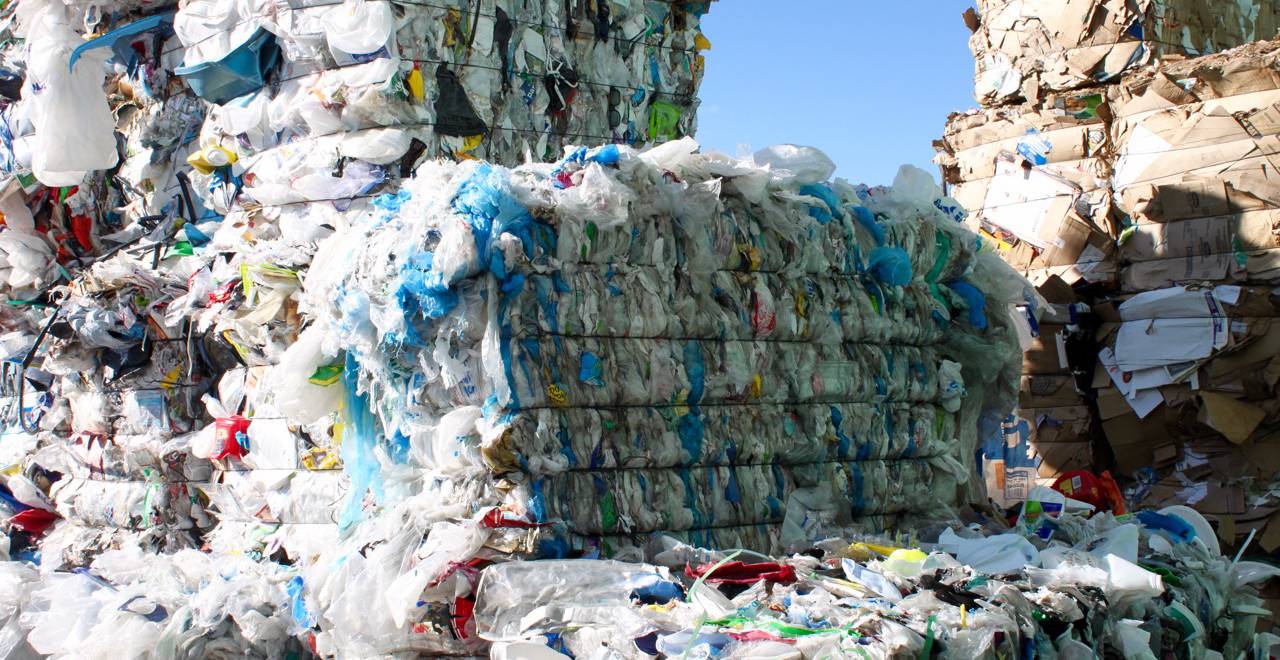This entry is one installment of a two-part series on waste diversion and landfilling practices in the Regional District of East Kootenay. In this post, Wildsight’s Kimberley Cranbrook branch reports on a tour of the Central Materials Recycling Facility in Cranbrook.
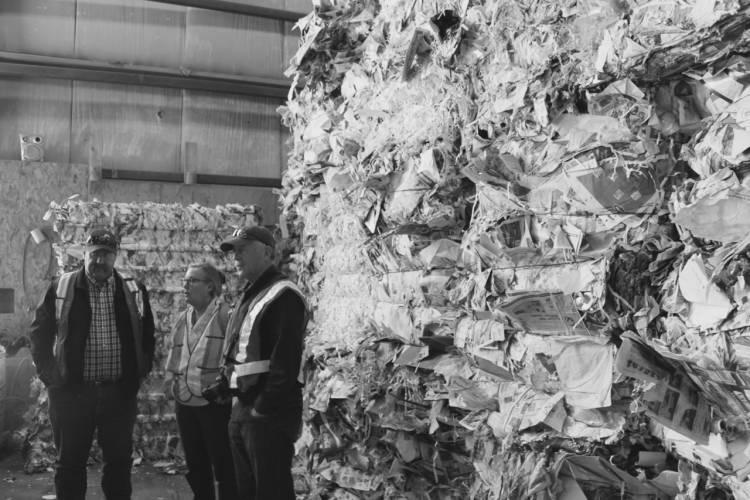
Early efforts to recycle in our region can be credited to community volunteers, private enterprise and the East Kootenay Environmental Society (now Wildsight), starting with a fine paper recycling initiative in the late 1980s. In the early days, volunteers sorted and baled collections in a donated warehouse space, where they were picked up and trucked to Calgary for brokerage. Fast forward to today, and recycling is now a part of the Regional District of East Kootenay’s (RDEK) greater Solid Waste Management program.
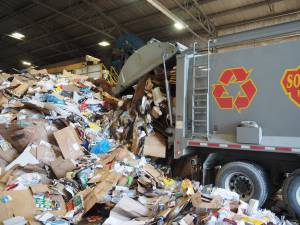
In addition to fine paper, the Regional District now collects cardboard, numbered plastics 1-6, glass, tin and plastic jugs via the iconic yellow bins. No matter where they are collected in the East Kootenay, the contents are ultimately bound for Southeast Disposal’s Central Materials Recycling Facility (MRF) on Cranbrook’s Industrial Road. Over 6,000 tonnes of recyclable materials are sorted, packed and trucked away from the MRF every year. It is one of the few remaining hand-sort facilities in our province, though it’s not entirely free of automation: recent upgrades have reduced the facility’s payroll to just ten staff.
How the Facility Works
Once delivered to the MRF, materials are conveyed through a series of mechanical and human sorters. First, workers remove misplaced waste. Next, materials meet the facility’s cardboard blade sorter, which mechanically separates large boxes and flat sheets that will eventually be sent to a broker. A rotating magnet follows, pulling the majority of aluminum cans to be later shipped to be shredded, melted and reconstituted into new vessels. Remaining materials run a gauntlet of six more hand-sorters (two coarse, four fine) before only newspaper remains at the end of the line.
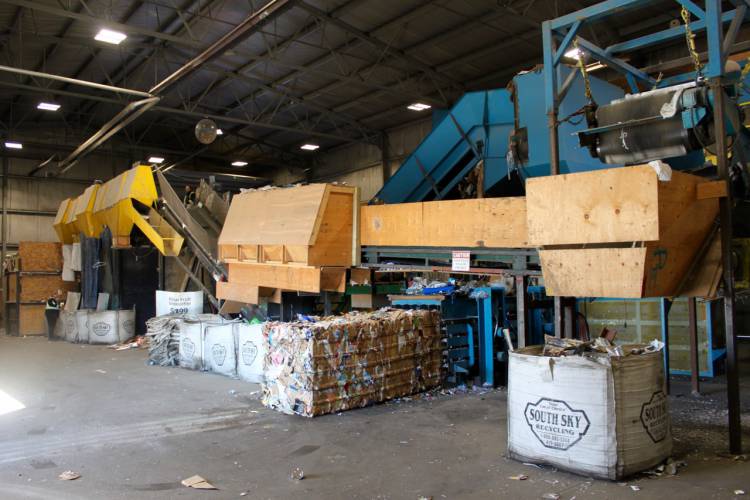
The majority of plastics (save returnable bottles) are sent to Merlin Plastics to be reconstituted into an array of raw materials. Any number of different brokers or processors are shipped what remains, most of them located in Washington or on the BC Coast. All told, the Regional District is able to recoup approximately a third of their processing fees in the fair market value of recyclable goods every year.
What Everyone Should Know About Recyclables, and Non-Recyclables
Though materials are deposited in the yellow bins with the best intentions, not all contents qualify as “recyclable”. MRF facility staff claim Styrofoam (labelled No. 6, but not recyclable through conventional streams) and cardboard milk cartons to be some of the most common waste materials sorted out to be landfilled. Though historically our region has recycled glass, there’s currently no market for what is known as “co-mingled” (or multi-coloured) glass. Ultimately, all glass in the East Kootenay is crushed to reduce its volume and subsequently landfilled. On the flip side, a shocking amount of clean cardboard still winds up in our regions transfer stations, not recycled, but wasted.
If facility staff would like to see more of certain materials coming through the MRF instead of the trash, it would certainly be plastic shopping bags. Brokers of recyclables will take anything from the most filmy bulk bags to the stiff shopping bags acquired at clothing stores, provided they’re light in colour (black bags are non-merchantable). Perhaps more surprising is the demand from brokers for hard plastics, including CDs and CD cases (though plastic toys won’t fly). And users, take note, what won’t be accepted through the yellow bins can often be taken to the Cranbrook Bottle Depot, which acts as a satellite depot for Recycle BC.
The Three Rs
But what of the other two Rs? Children of the late 80s and 90s will remember public service announcements encouraging them to reduce and reuse materials before they send them for recycling. Each piece of recycling takes a vast amount of energy to produce through extraction, processing, and transportation, and then to recycle in reverse order. The global market makes recycling feasible, but there are losses along the way: materials are only recycled when there is a market for them, and each reconstitution leads to a loss in material integrity. We can be thankful our recycling program has come so far, but let’s not lose sight of the order of operations: reduce the packaging and single-use items you purchase, reuse them in your own home, then recycle.
What’s Next for Recycling in Our Region
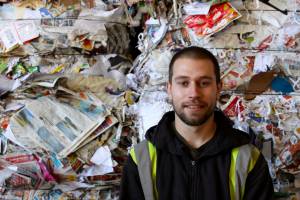
The East Kootenay might be in the twilight years of yellow bins and person-powered facilities. Fully automation is becoming the norm, and may soon be seen further within the BC Interior. While Recycle BC was once cool to the RDEK’s open-source bin system, the organizations have recently expressed interest in collaborating to bring more producer-focused recycling to the area. For now, Southeast’s facility manager Jerome and his team enjoy reliable full-time employment at a living wage, and East Kootenay residents can be rest assured that a real live person will make sure their recycling winds up where it should.
Stay tuned for our next installment of the blog, where Wildsight representatives tour our Regional District’s Central landfill. Coming December 2017.







